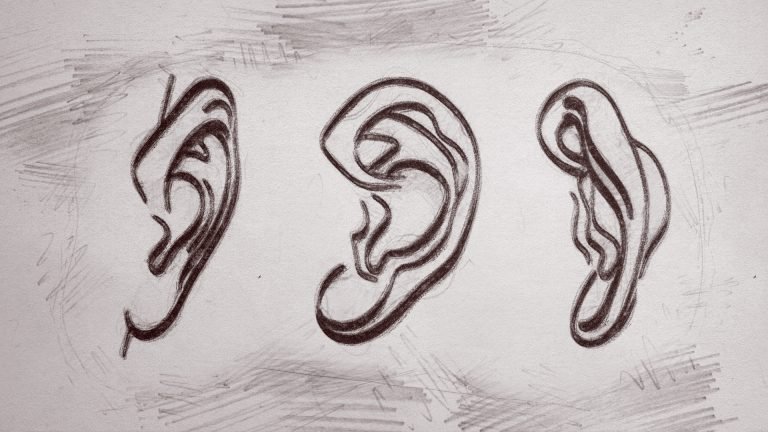


Music theory doesn’t require you to wear a monocle and pontificate about “double harmonic major” or “Picardy thirds.”.Tossing a Frisbee doesn’t require you to understand thrust, drag, lift, and the latest theory of gravity.The important thing here is that iv chords sound good.Of course, the leading tone/voice leading explanation is music school talk (and should be met with suspicion).

Playing the iv between the IV and I gives us extra leading tones, which sounds cool.Leading tones are exactly what they say they are: tones that lead our ear on to the next thing.The half-step/one-fret intervals in a scale are called “leading tones.”.The smallest interval is a “half step”….Voice leading is when we move between chord tones with the smallest possible intervals.One of the best-loved tension & resolution maneuvers is “voice leading.”.This is the crux of western music: tension and resolution.They introduce more tension, which is even more satisfying when we resolve it away.We can also use “non-diatonic” or “borrowed” chords.But of course we’re not limited to just these diatonic chords.…which means I, ii, iii, IV, V, & vi are “diatonic chords.”.Anything that uses only the notes in the key is called “diatonic”….Doesn’t matter which key you do it in, they show up in the same order each time:.Start with the major scale, stack up every other note, and you get chords.The Beatles loved them some four minor, so it’s only fitting that we close it out with another one of theirs. It’s also the first time we’re seeing the “five minor”: This is the first one we’ve seen in the key of D: The classic IV-iv-I works just as well in a pop punk rock opera as it does in an indie love song. I simplified the chord names so we wouldn’t get distracted. Wake Me Up When September Ends – Green Day “It’s in F and it goes I – vi – IV – I” is way easier than trying to figure out what C – Am – F – C is with a capo on the 5th fret. These roman numerals come in super handy when translating your capo’d chords into something the rest of the band can use. Interestingly, singer/guitarist Ben Gibbard isn’t playing it as if it’s in F-he’s using a capo on the 5th fret and playing it as it if it’s in C. …but this our first time seeing it in the key of F: We have a bunch of things you’ve just seen… I Will Follow You Into The Dark – Death Cab For Cutie Of course, it’s not only Brits and faux-Brits who use the four minor chord… (This super-slick II-iv-I is also in the chorus of The Beatles’ In My Life.) After my cheesy V-I cadence, we drop right into the song’s Pre Chorus….
EAR PRACTICE MAJOR AND.MINOR.CHORDS HOW TO

Music theory isn’t a set of rules you have to follow. The story is just a roadmap to help you get back to the sounds you like. …but instead let’s just remember The Universal Rule Of Music: If it sounds good, it is good.Īgain: humans like stories, so our brains want to concoct one about why something sounds good. We *could* put on our nerd hats and “explain” this with music theory… It doesn’t reek of academia or contain a dozen qualifiers we have to parse.īecause even when we take away that smooth voice leading, this cadence is still cool as hell: When we talk about these chords, we often use a numerical shorthand:Īnyway, that’s the music school explanation.Īs music school explanations go, it’s decent. You can combine these “diatonic” chords in all sorts of fun combinations. Stack up every other note of the major scale and you get chords:Ĭhords that are made up exclusively of notes from the key are called “diatonic.” The taste of salt, the sound of the major scale… these things are life itself.Įnough said. It’s mere trivia, like knowing that table salt is made of sodium and chloride. We could talk about the formula to make one… In this lesson, I want to show you one of its coolest chordal applications, the four minor.īut first: let’s blaze through the basics of chords & progressions.Ĭrash Course In Chord Progressions 1. We’ll explore “voice leading” in depth another time. Probably the best example of half steps pulling you along is the lick from The Beatles’ Something: The tension of the leading tone leads your ear back to the root (which resolves that tension).īut leading tones aren’t just for major scales.Īny time you move in half steps, you’re harnessing that same pull.


 0 kommentar(er)
0 kommentar(er)
